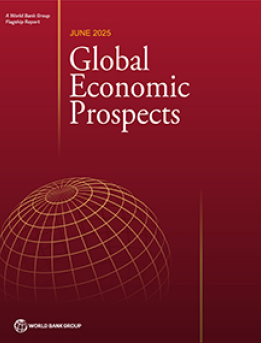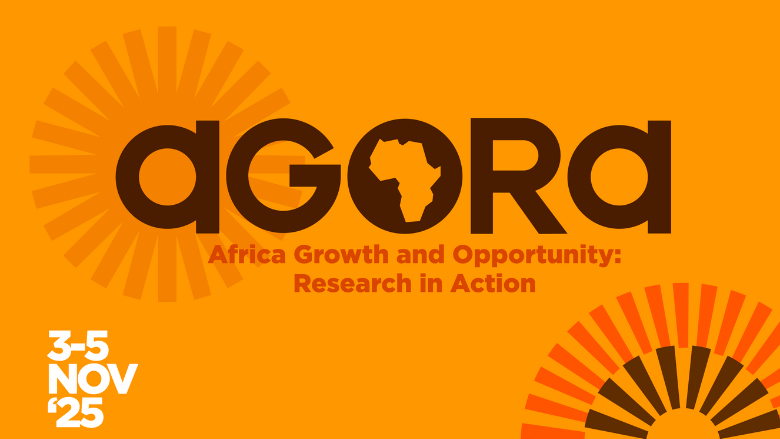Rising trade tensions and policy uncertainty are expected to drive global growth down this year to its slowest pace since 2008 outside of outright global recessions. The turmoil has led to lower growth forecasts in nearly 70% of all economies, across all regions and income levels.
With limited government resources and rising development needs, policymakers should focus on mobilizing domestic revenues, prioritizing fiscal spending for the most vulnerable households, and strengthening fiscal frameworks. To accelerate growth, countries need to improve the national business climate and promote productive employment. Global cooperation will also be essential to stabilize the global trade environment and increase support for vulnerable countries, including those in fragile and conflict situations.
Use AVA (ai), our AI-powered research tool, to start interacting with the report:
Key Policy Messages
These are major themes and messages from the Global Economic Prospects reports and related macroeconomic research by the World Bank. Click on each card to learn more and access related publications.
Countries should pursue strategic trade and investment partnerships with other economies
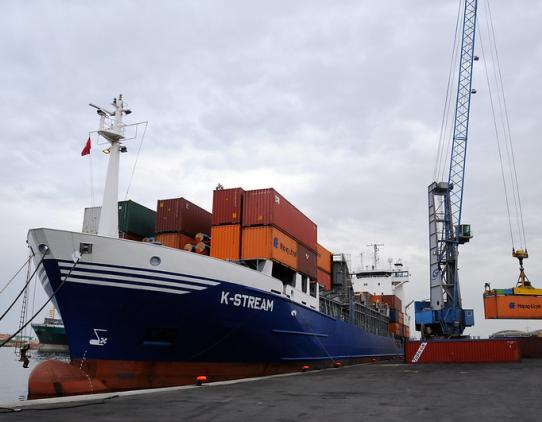
Countries should pursue strategic trade and investment partnerships with other economies
In the face of rising trade barriers, developing economies can accelerate growth by pursuing strategic trade and investment partnerships with other economies. Countries must:
- Diversify trade.
- Mobilize domestic revenue and protect the most vulnerable.
- Improve the business environment and promote productive employment.
- Speed up the climate transition.
- Collaborate to support the most vulnerable economies and provide emergency relief for countries in active conflicts.
Public investment and sound fiscal policy are powerful ways to accelerate private investment and promote economic growth
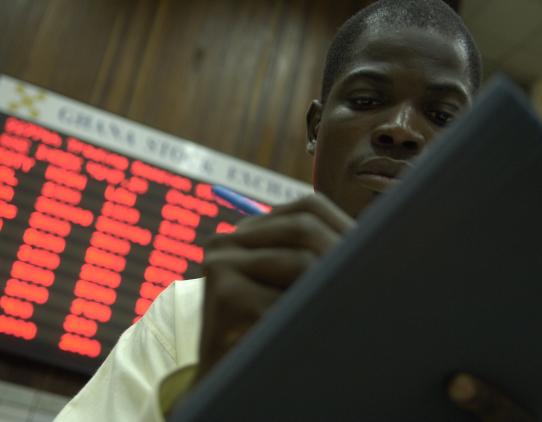
Public investment and sound fiscal policy are powerful ways to accelerate private investment and promote economic growth
Since the global financial crisis in 2009, public investment growth in developing economies has halved. Scaling up public investment by 1% of GDP can increase the level of output by up to 1.6% over the medium term, provided countries have ample fiscal space and efficient public spending practices. To enhance economic prospects, countries should additionally:
- Cut deficits—global cooperation on debt relief is also needed.
- Enhance revenue mobilization by reforming tax administrations and enlarging tax bases.
- Adopt expenditure measures, such as reprioritizing spending and eliminating costly and inefficient subsidies.
Governments can use monetary policy to help stabilize prices and make it more attractive to invest
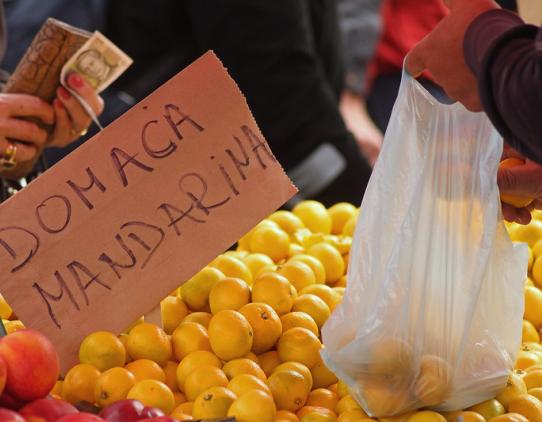
Governments can use monetary policy to help stabilize prices and make it more attractive to invest
Persistent inflation risks underscore the need for monetary policies to remain focused on price stability. Sound monetary policy can help create an environment in which investment is more likely to surge. Countries should:
- Communicate a steadfast commitment to price stability.
- Ensure central bank independence.
- Enhance financial supervision and strengthen macroprudential policies to mitigate financial stability risks.
Structural reforms can help lay the foundation for increased investment and growth
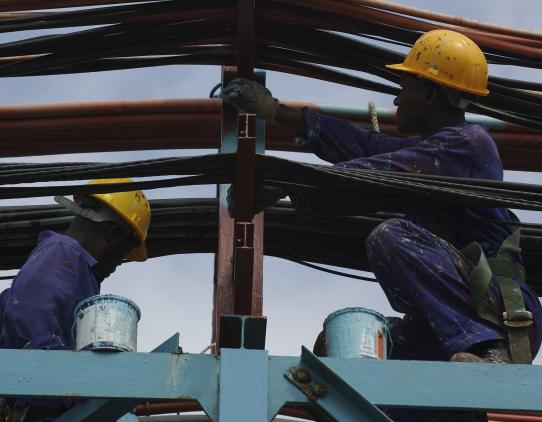
Structural reforms can help lay the foundation for increased investment and growth
Creating the conditions for a sustained expansion in investment hinges on success in implementing policy packages to foster stability, enhance resilience, and capitalize on their potential. Investment accelerations are often preceded or accompanied by structural reforms, such as:
- Reforms to promote trade, such as lowering tariffs.
- Easing restrictions on capital flows, while mitigating risks.
- Market-oriented reforms, e.g., reduced barriers to firm entry.
- Investing in assets such as infrastructure and human capital.
- Introducing carbon pricing and reducing fossil fuel subsidies.
Investment accelerations can help countries close development gaps and support inclusive growth
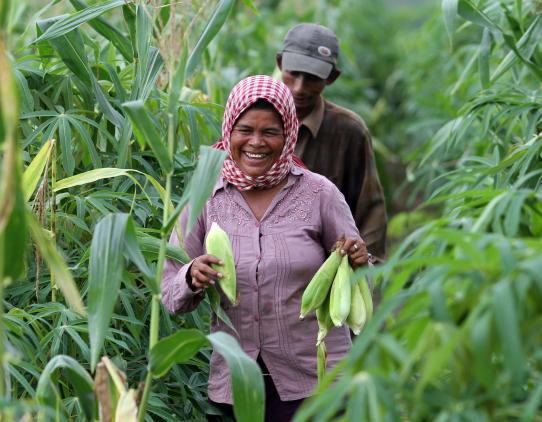
Investment accelerations can help countries close development gaps and support inclusive growth
Investment accelerations have tended to coincide with better development outcomes, including faster poverty reduction, lower inequality, and improved access to infrastructure. To make growth more inclusive, including by reducing food insecurity and gender gaps, governments should:
- Enhance financial support, broaden access to finance, and boost technical knowledge for farmers.
- Encourage investment in green technology/production.
- Invest in areas like childcare, safe transport, and job re-entry programs, and address restrictive social norms, to encourage female labor force participation.
Strong institutions are key to attracting investment

Strong institutions are key to attracting investment
In countries with better institutions (such as well-functioning and impartial legal systems) the likelihood of initiating an investment acceleration is higher than in those with weaker institutions. Policymakers can strengthen institutions by:
- Defining and protecting property rights.
- Increasing the independence of the judiciary and strengthening the rule of law.
- Bolstering contract enforcement.
- Improving and unifying regulatory and institutional structures.
- Increasing transparency.

